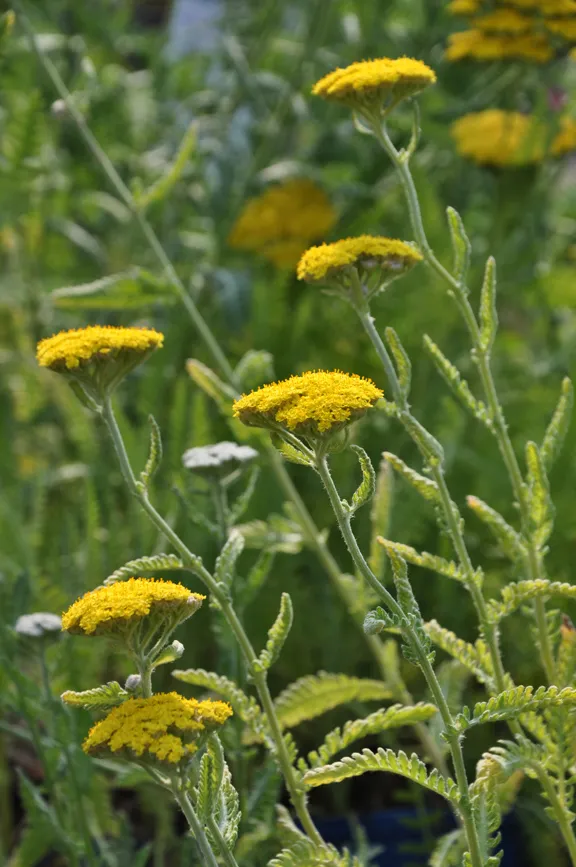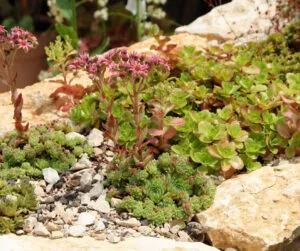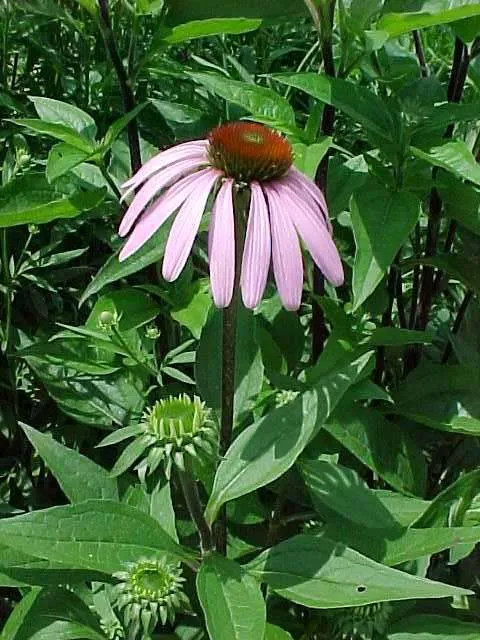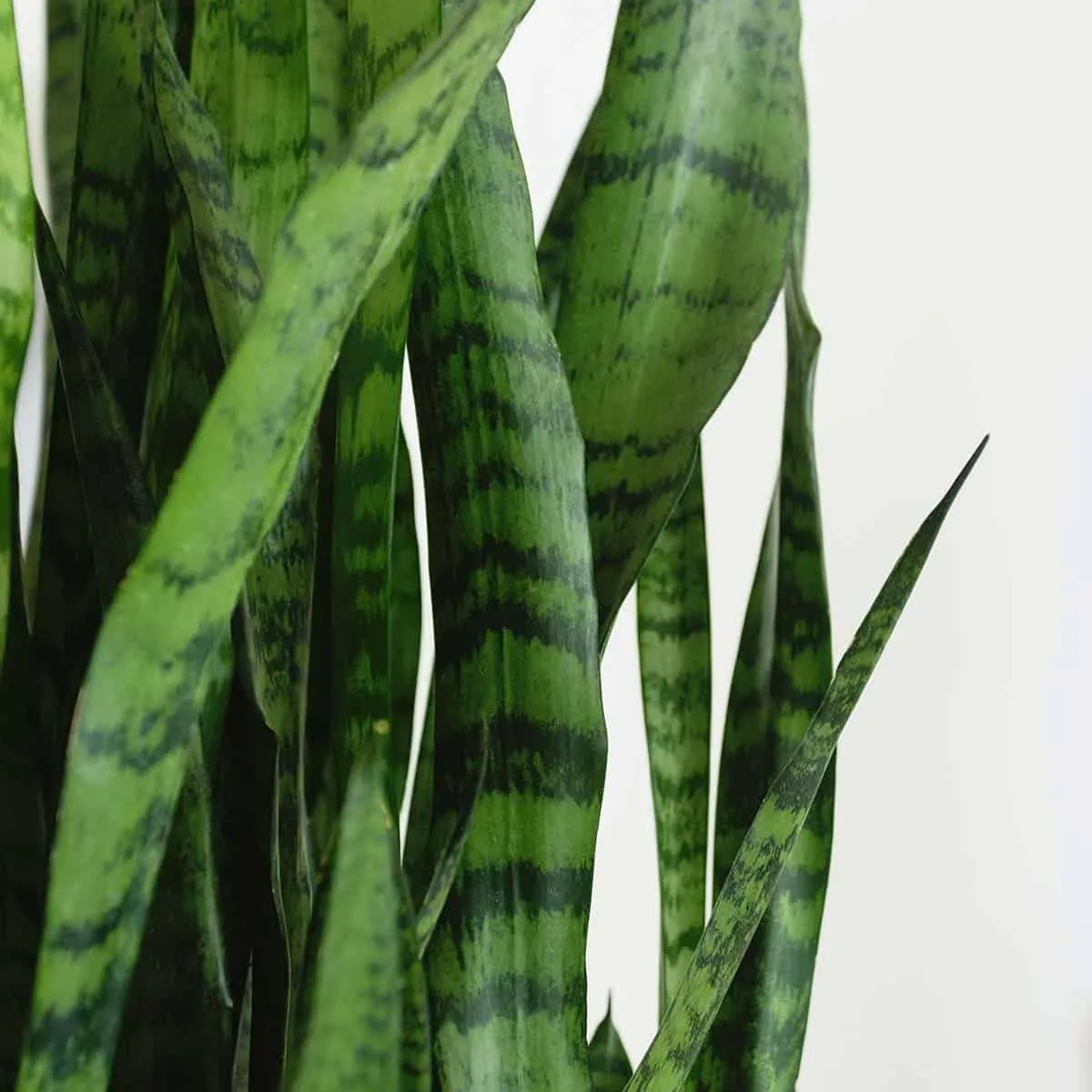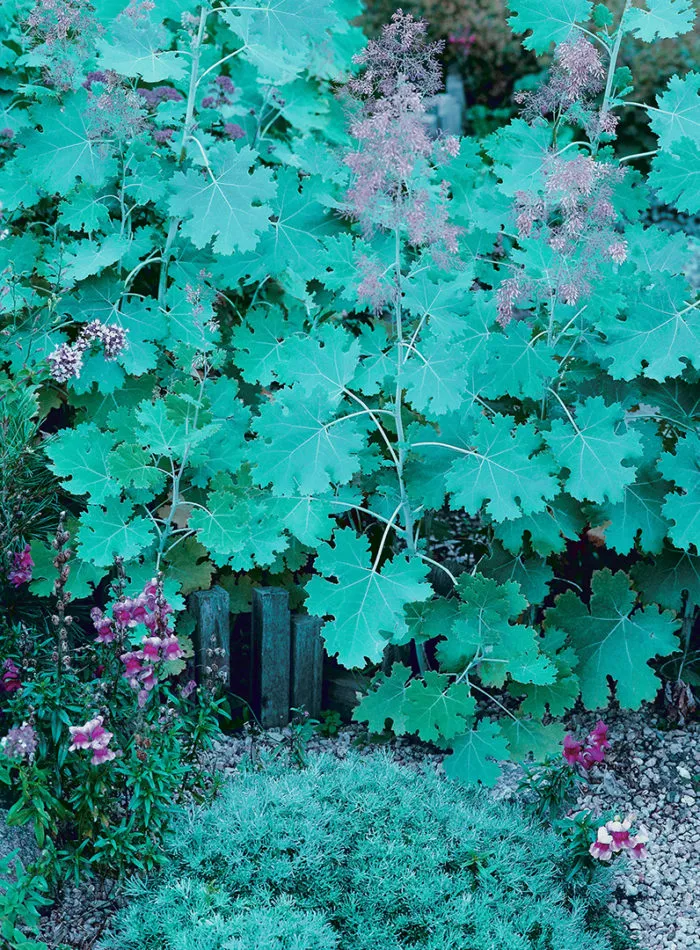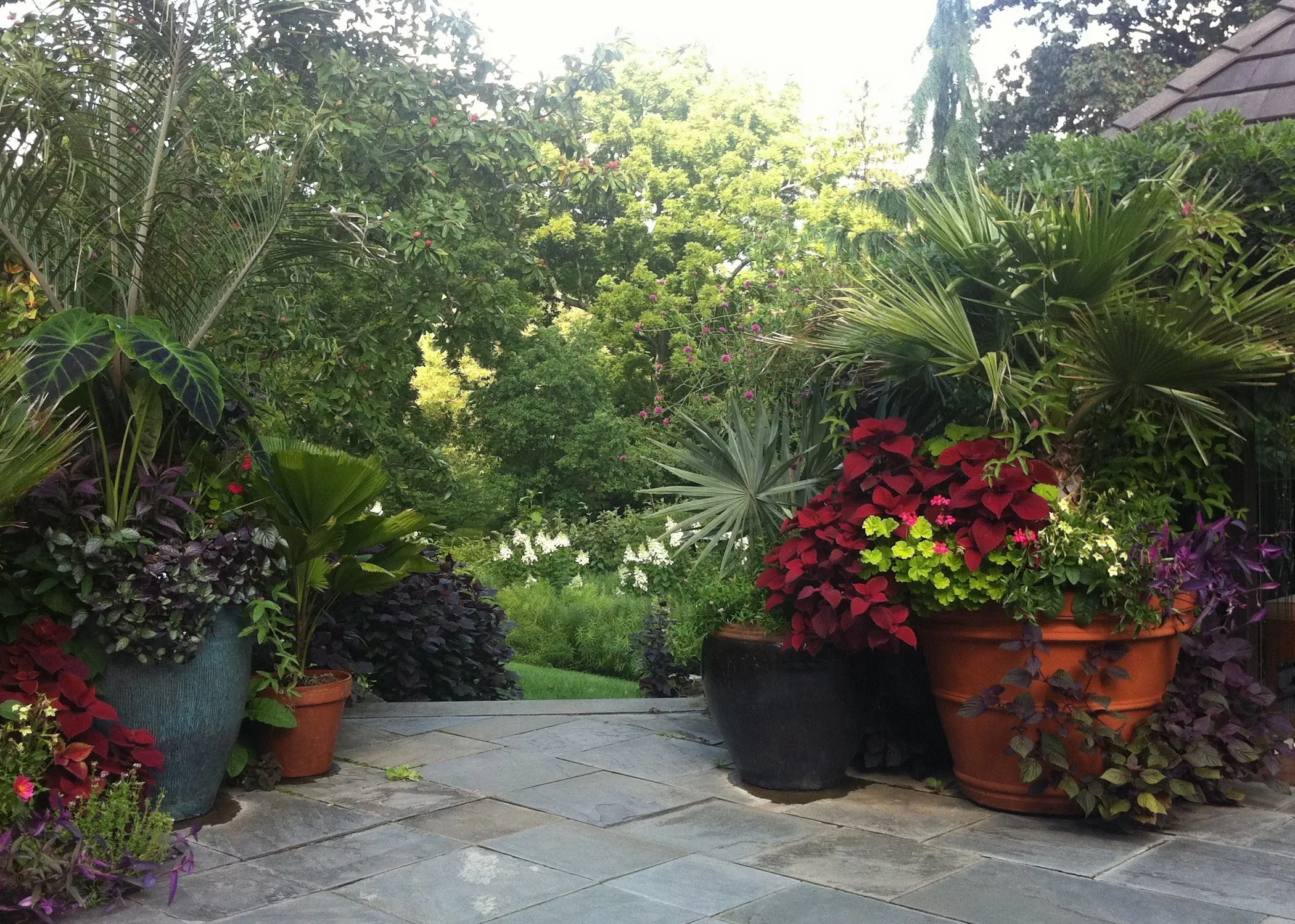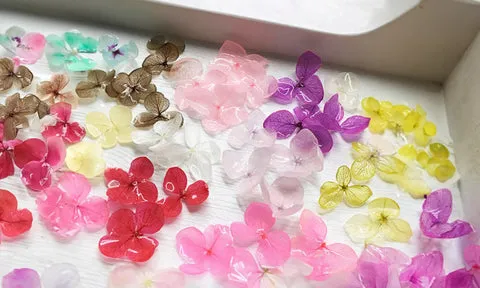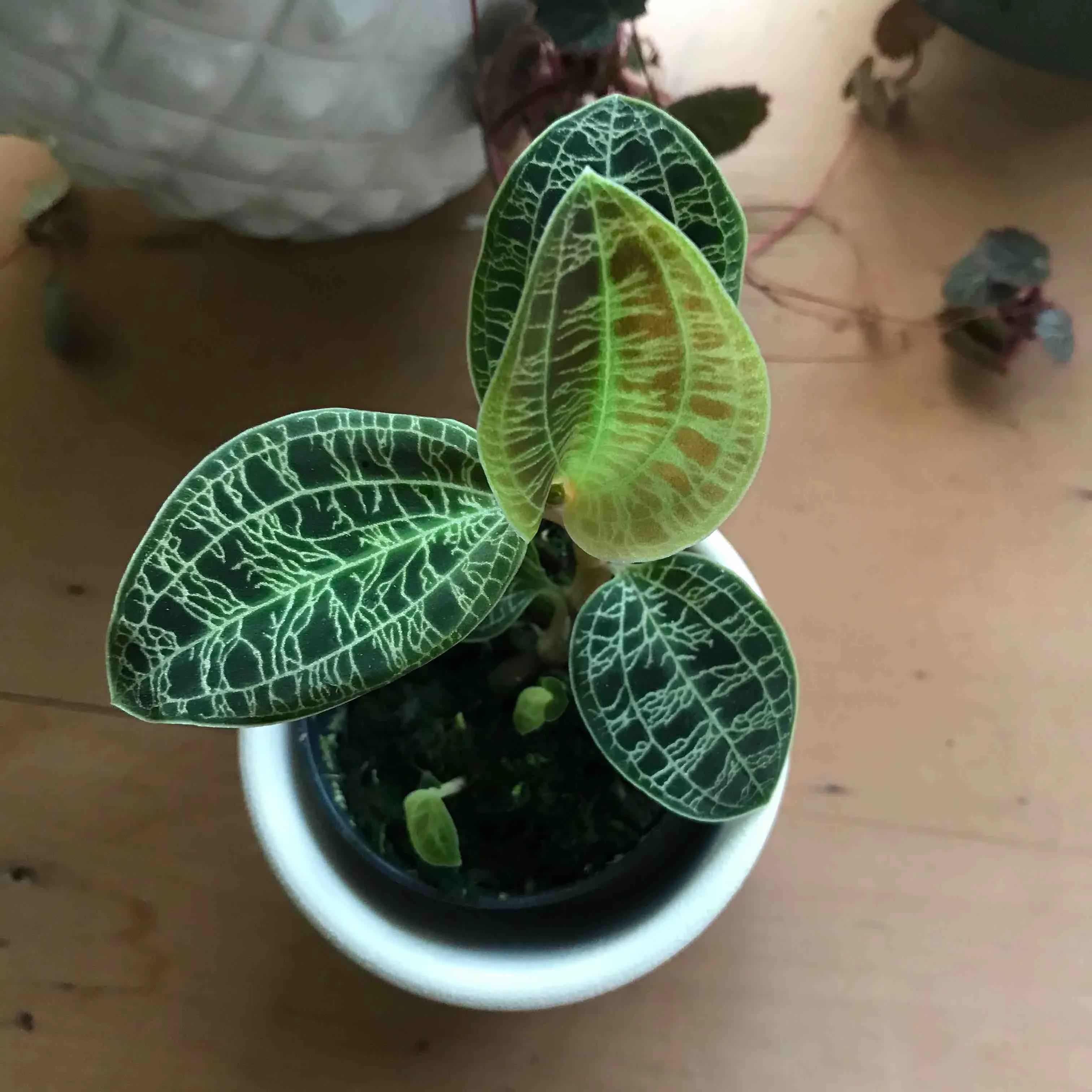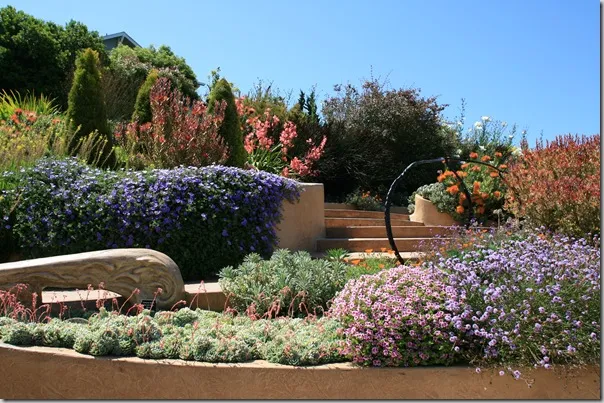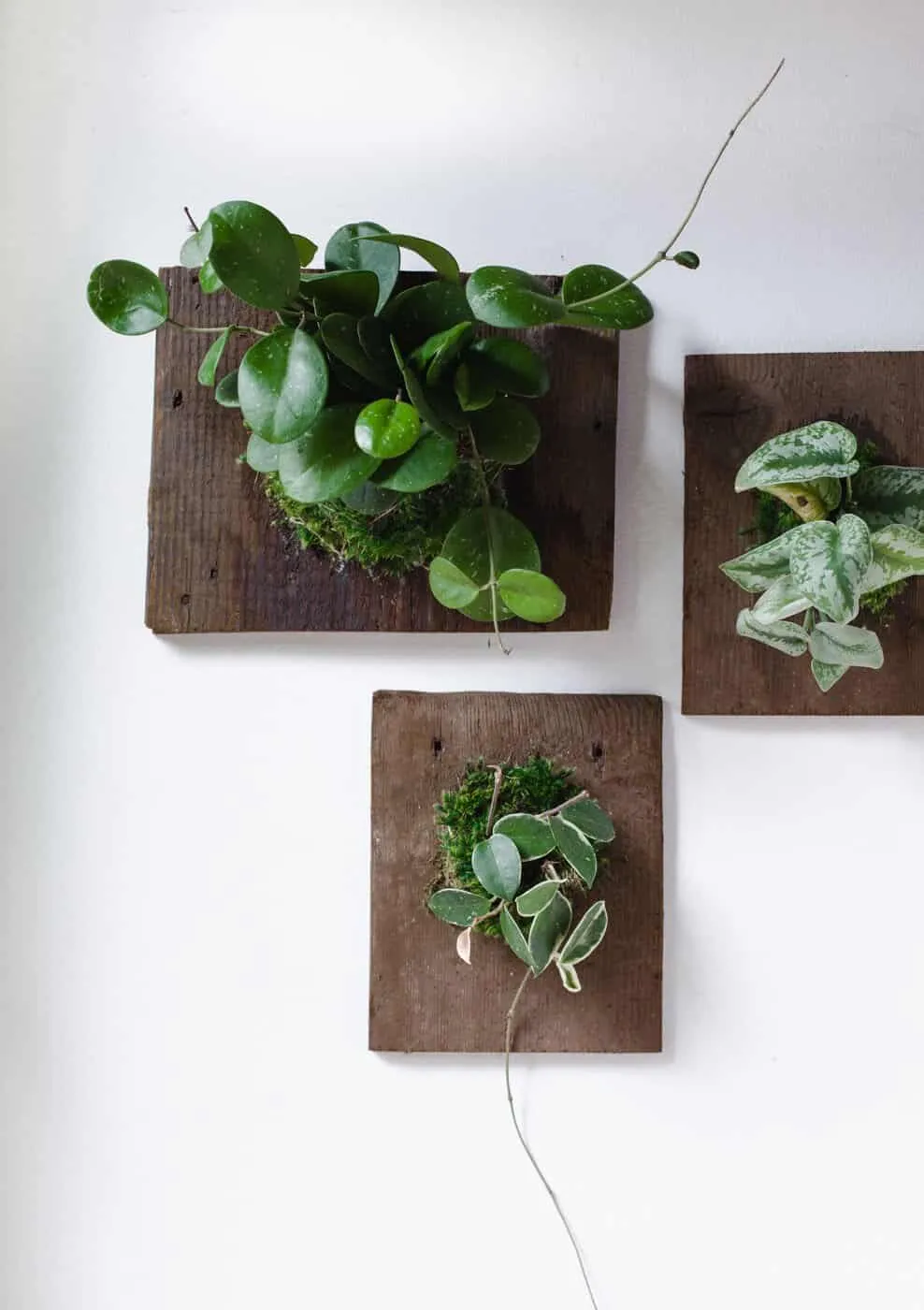- ‘Alice’ is a stunning cultivar of oakleaf hydrangea
- Features large, showy white flower panicles that fade to pink
- Offers exceptional fall foliage color in shades of bronze, maroon, and purple
- Thrives in full sun to part shade and prefers moist, well-drained soil
- Low-maintenance shrub perfect for gardens, borders, and natural areas
Imagine walking through your garden on a warm summer evening, the air filled with the sweet fragrance of blooming flowers. As you turn a corner, you’re greeted by the majestic sight of a Hydrangea quercifolia ‘Alice’ in full bloom. Its large, cone-shaped flower clusters seem to glow in the fading light, inviting you to pause and admire their beauty. This stunning oakleaf hydrangea cultivar is not just a feast for the eyes during summer; it’s a plant that offers year-round interest and charm to any landscape.
Contents
Introducing Hydrangea Quercifolia ‘Alice’
- Scientific name: Hydrangea quercifolia ‘Alice’
- Common name: Alice oakleaf hydrangea
- Zone: 5-9
- Light: Full sun to part shade
- Water: Medium
- Height: 5-8 feet (occasionally up to 12 feet)
- Spread: 5-8 feet
Hydrangea quercifolia ‘Alice’, commonly known as Alice oakleaf hydrangea, is a showstopping deciduous shrub that has captured the hearts of gardeners and landscapers alike. Introduced to the market by renowned horticulturist Michael Dirr through his Georgia Plant Introduction Program, ‘Alice’ has quickly become a favorite for its impressive features and easy-care nature.
The Beauty of ‘Alice’
What sets ‘Alice’ apart from other hydrangeas? Let’s dive into its standout characteristics:
- Magnificent Blooms: The star of the show is undoubtedly the large, arching flower panicles that can reach an impressive 10-14 inches in length. These pyramidal clusters emerge in a pristine white in June and put on a show for 6-8 weeks as they gradually transition to pink and finally to a rich brown by late summer.
- Distinctive Foliage: True to its oakleaf hydrangea heritage, ‘Alice’ boasts large, deeply-lobed leaves that resemble those of oak trees. These coarse, dark green leaves (up to 8 inches long) provide a beautiful backdrop for the flowers and transform into a breathtaking display of bronze, maroon, and purple hues in autumn.
- Winter Interest: Even after the leaves have fallen, ‘Alice’ continues to captivate. The mature stems exfoliate to reveal a rich brown inner bark, adding texture and visual interest to the winter landscape.
Growing and Caring for ‘Alice’ Oakleaf Hydrangea
Ideal Growing Conditions
To help your ‘Alice’ oakleaf hydrangea thrive, consider the following:
- Sun Exposure: This versatile shrub adapts well to full sun or part shade conditions.
- Soil: Plant in organically rich, medium moisture, well-drained soils for optimal growth.
- Water: While tolerant of various conditions, ‘Alice’ appreciates consistent moisture. A layer of mulch can help retain soil moisture during hot summers.
Planting and Maintenance Tips
- Location: Choose a sheltered spot in your garden, especially if you’re in USDA Zone 5, to protect against harsh winter conditions.
- Pruning: ‘Alice’ blooms on old wood, so if pruning is necessary, do it immediately after flowering. Generally, this low-maintenance shrub requires little pruning.
- Winter Protection: In colder regions, provide winter protection with mulch or burlap wrap to prevent damage to flower buds.
- Fertilizing: Apply a balanced, slow-release fertilizer in early spring to promote healthy growth and abundant blooms.
Landscape Uses for ‘Alice’ Oakleaf Hydrangea
The versatility of ‘Alice’ makes it a valuable addition to various garden settings:
- Specimen Plant: Its impressive size (5-8 feet tall and wide) and showy features make it an excellent focal point in the landscape.
- Shrub Borders: Group several ‘Alice’ hydrangeas for a dramatic hedge or border.
- Woodland Gardens: Its natural habitat includes moist woods and stream banks, making it perfect for woodland garden settings.
- Foundation Plantings: Use near homes or patios for a beautiful, low-maintenance accent.
Common Problems and Solutions
While ‘Alice’ is generally disease-resistant, keep an eye out for:
- Leaf Blight and Powdery Mildew: Ensure good air circulation and avoid overhead watering to prevent these fungal issues.
- Aphids and Spider Mites: Regularly inspect leaves and treat with insecticidal soap if these pests appear.
Hydrangea quercifolia ‘Alice’ is more than just a beautiful flowering shrub; it’s a year-round garden performer that brings joy in every season. From its stunning summer blooms to its fiery fall foliage and intriguing winter bark, ‘Alice’ is sure to become a cherished addition to your landscape. Whether you’re an experienced gardener or a novice plant enthusiast, this oakleaf hydrangea cultivar offers beauty, versatility, and easy care – a true winner for any garden setting.
Are you growing ‘Alice’ oakleaf hydrangea in your garden? We’d love to hear about your experiences and see photos of this beautiful shrub in your landscape. Share your stories in the comments below or explore more hydrangea varieties on our website!







